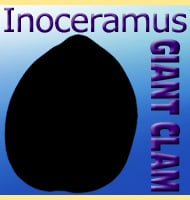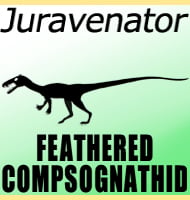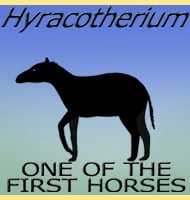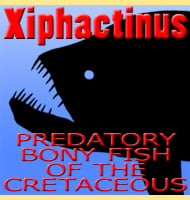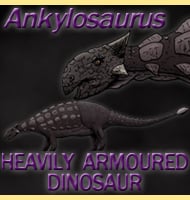In Depth
Heishanobaatar is a genus of multituberculatan mammal that lived in China during the early Cretaceous.
Further Reading
- New multituberculate mammals from the Lower Cretaceous (Shahai and Fuxin formations), northeastern China. Journal of Vertebrate Paleontology 30(5):1501-1514. - N. Kusuhashi, Y. Hu, T. Setoguchi & H. Matsuoka - 2010.


